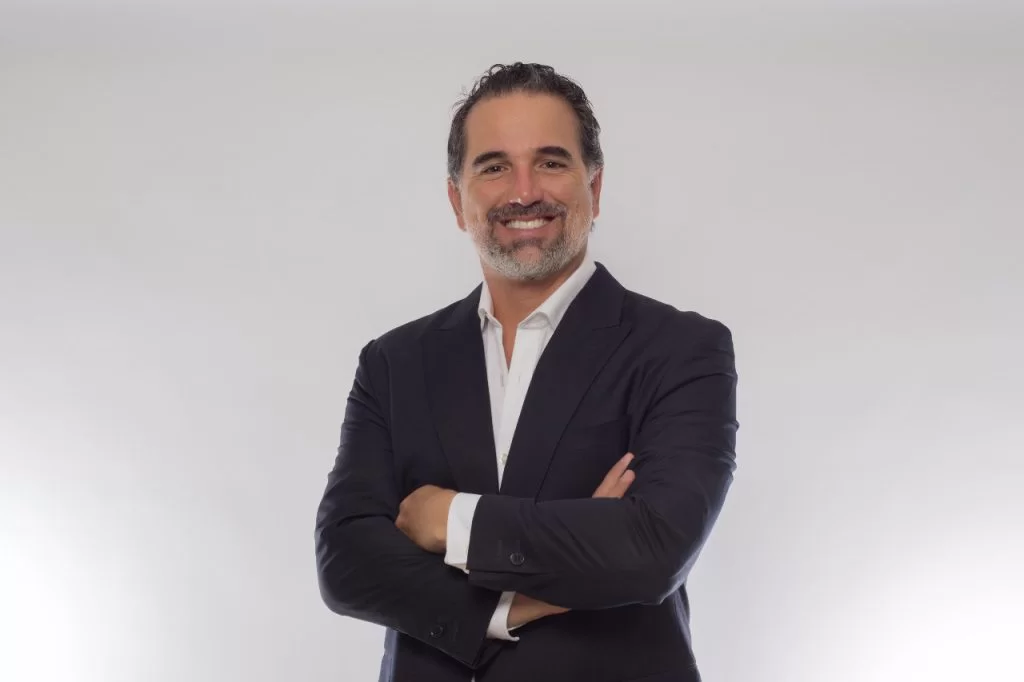1. What is the Hermandad Marine Reserve and what are its benefits?
Executive Decree 319 established the Hermandad Marine Reserve. It is located on the northeastern corner of the Galapagos Marine Reserve. It covers 37,282 mile. The Hermandad Marine Reserve is a biological corridor that provides protection for over 20 species of migratory birds, including manta rays, sharks and sea turtles. These species move between two protected areas, Galapagos Island, Costa Rica, and Cocos Island Island, Costa Rica. They follow the underwater mountain ranges that provide them with food. This area has been home to some species of Galapagos like Sea Lions, Waved Albatrosses, and Galapagos Sharks.
This area is in a bio corridor that many vulnerable species use to travel on their migration routes. Therefore, it can be protected.
2. What’s the purpose of the new marine reserve?
As a way of bringing attention to the urgent need to protect the oceans, the Ecuadorian government has announced the creation this reserve at COP 26, Glasgow, Scotland. Technical review of the scientific proposal revealed that the underwater mountain range is used by endangered migratory species along their routes between Galapagos Islands and Cocos Island. This route is also known as a “migratory highway”.
3. What other conservation efforts are made for marine species?
Diverse Conservation programs and programs in Galapagos Marine Reserve are part of Ecuador’s efforts to preserve marine biodiversity.
- Galapagos Whale Shark Project was implemented by the Galapagos National Park Directorate, Universidad San Francisco de Quito and the Marine Megafauna Foundation.
- Program to monitor juvenile sharks in the GMR breeding areas, initiated by the GNPD/USFQ.
- Project “Role oceanic islands in conservation of highly migratory animals” between the GNPD and USFQ, Galapagos Sciences Center, Migramar.
- The GNPD executed a program to monitor the distribution and abundance of Marine Iguanas within the GMR.
- The GNPD and USFQ have executed a program to monitor sea turtles in their resting and foraging areas.
- The GNPD and IAC have implemented a program to monitor Giant Tortoises nesting at beaches. This was done with support from Galapagos Conservancy.
- The GNPD implemented a program to monitor the distribution and abundance of Sea Lions.
- The GNPD and Fund for Invasive Species of Galapagos executed a project to monitor harmful behavior of algae on corals.
- The GNPD and Galapagos Conservancy have implemented a pilot coral restoration plan at Academy Bay.
- The GNPD implemented a project to monitor collectors in the recruitment of Sea Cucumbers, and other species.
- Monitoring whales, dolphins and manta rays around the GMR is a project.
- The GNPD and USFQ conduct an annual monitoring trip to key species in the GMR.
- The GNPD and Escuela Superior Politecnica del Litoral (ESPOL) executed a project to monitor ocean acidification within the GMR.
- The ESPOL and GNPD have implemented a mangrove monitoring program.
- The GNPD and Charles Darwin Foundation have implemented an ecological monitoring program in the GMR.
- The GNPD and Charles Darwin Foundation implemented a subtidal ecological monitoring program in the GMR.
There are many mechanisms to protect fishing species. The Fishing Calendar establishes closed and open fishing seasons, sizes, catch areas, and other regulations that ensure the conservation of marine resources. International cooperation was instrumental in strengthening the GNPD’s institutional capacity to create monitoring and conservation programs that protect marine ecosystems. These partners include the Japan International Cooperation Agency and United States Agency for International Development. The Korea International Cooperation Agency, Global Environmental Facility, KFW Development Bank, and Korea International Cooperation Agency are all examples. Non-governmental organizations like the Charles Darwin Foundation and Galapagos Conservancy, WildAid and Conservacion International, Fundacion Jocotoco and Robert Wilson Marine Technologies have advocated for funding programs and projects that support marine ecosystem management and conservation.



